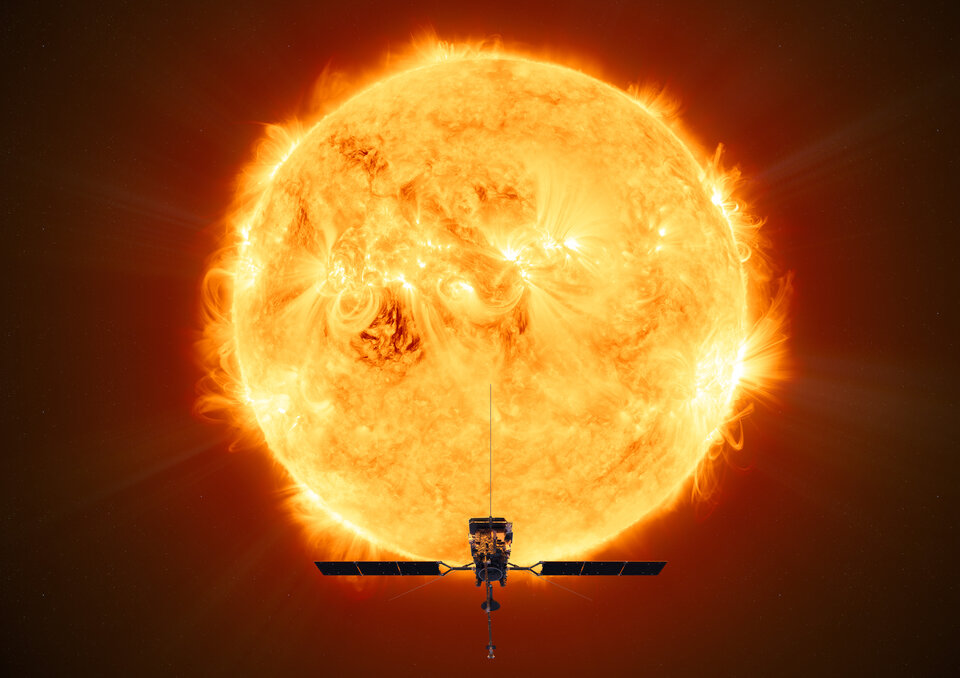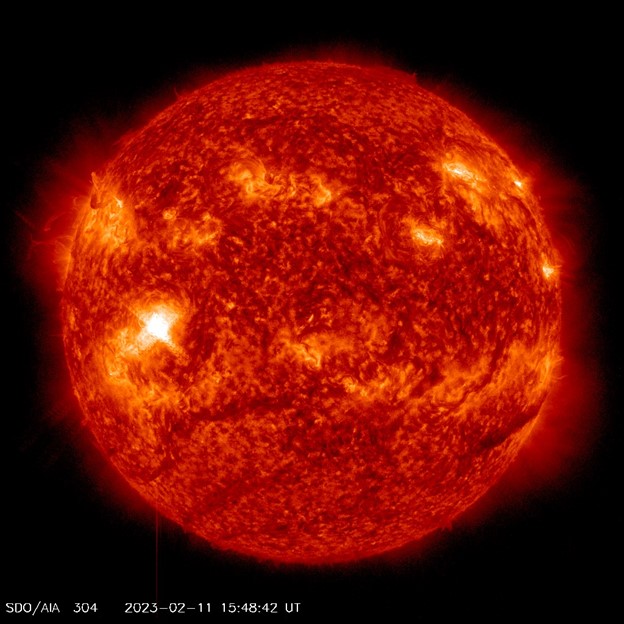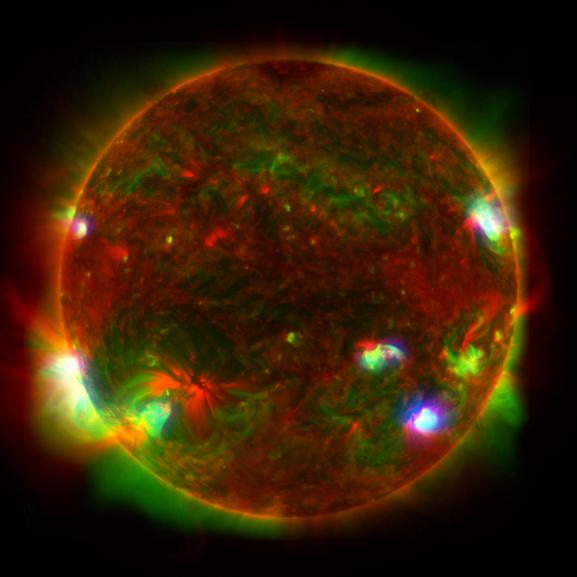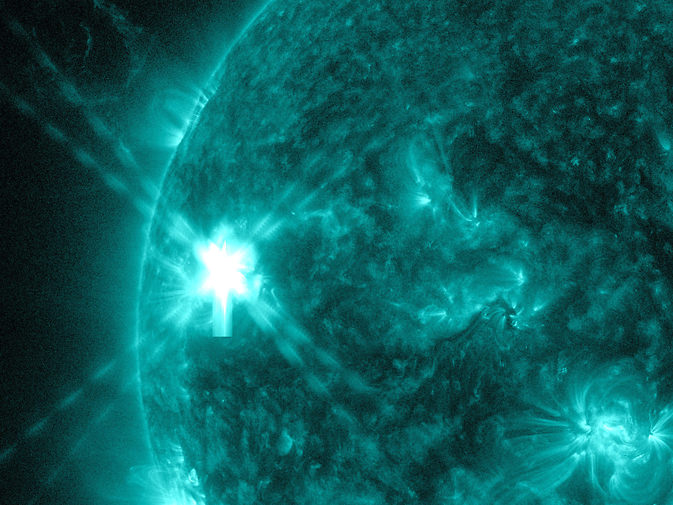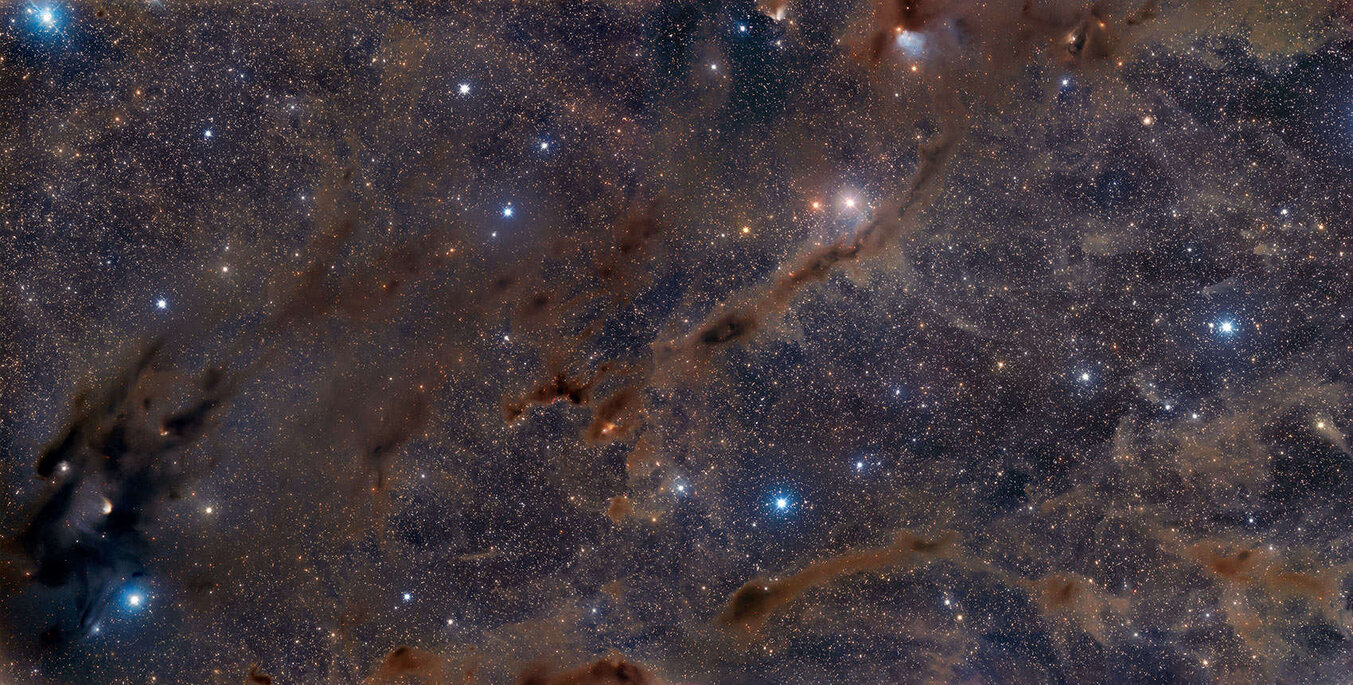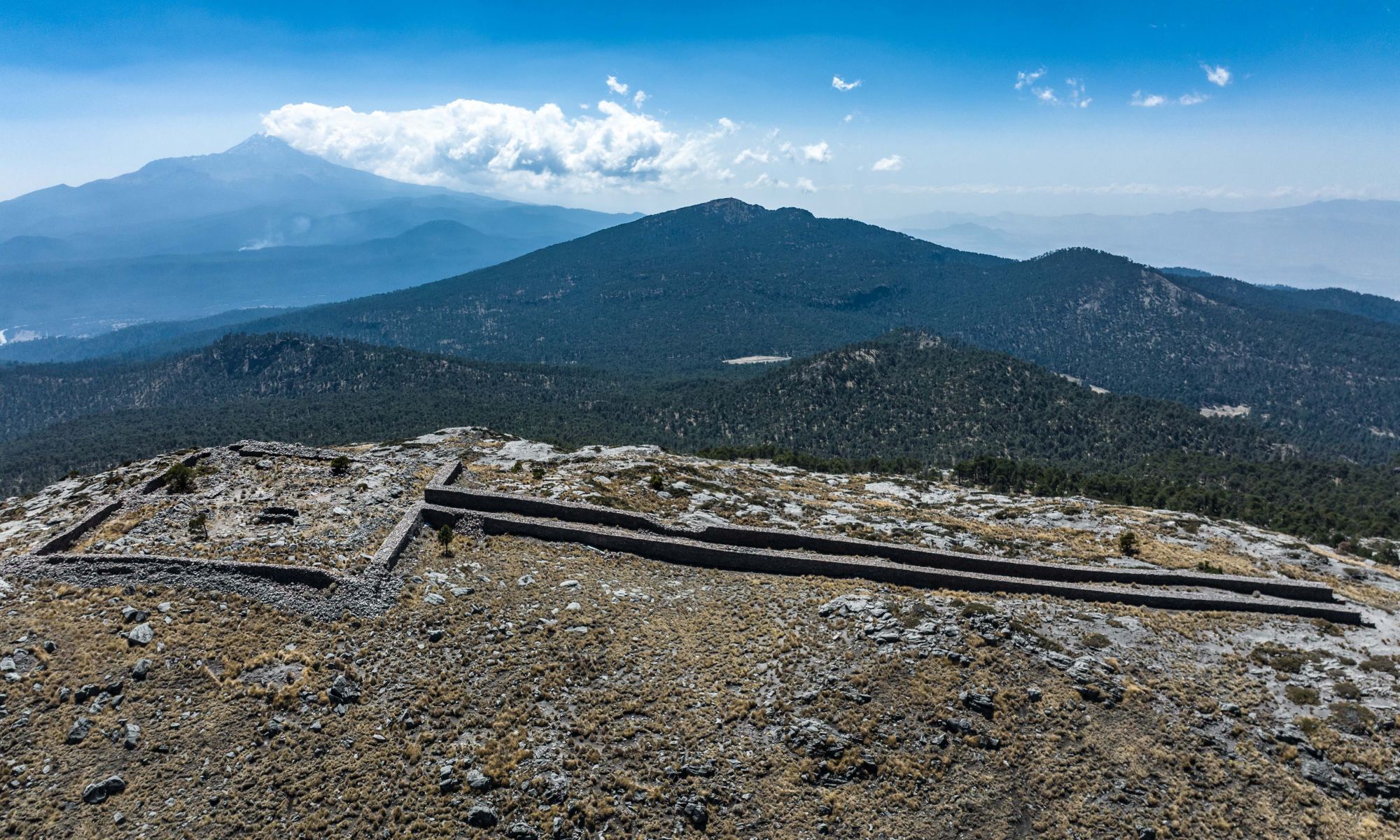Stars emit powerful flares that can be deadly for any burgeoning life on nearby planets. Images from spacecraft that monitor the Sun show these flares in glorious, horrifying detail. But the flares from the Sun are mere nuisances compared to some stars. Some stars produce catastrophic superflares, which can be tens of thousands of times more energetic than the Sun’s. That much energy can sterilize a planet’s surface.
But new research shows that a certain amount of flaring activity on the Sun could’ve been beneficial. It could’ve kick-started life on Earth.
Continue reading “Solar Flares Could Have Helped Life Get Started on Earth”

